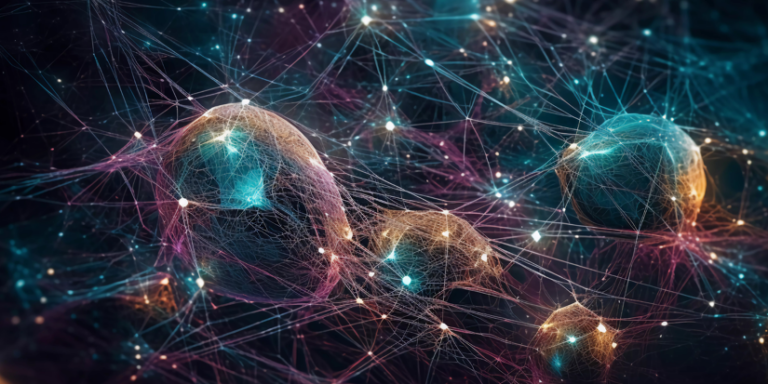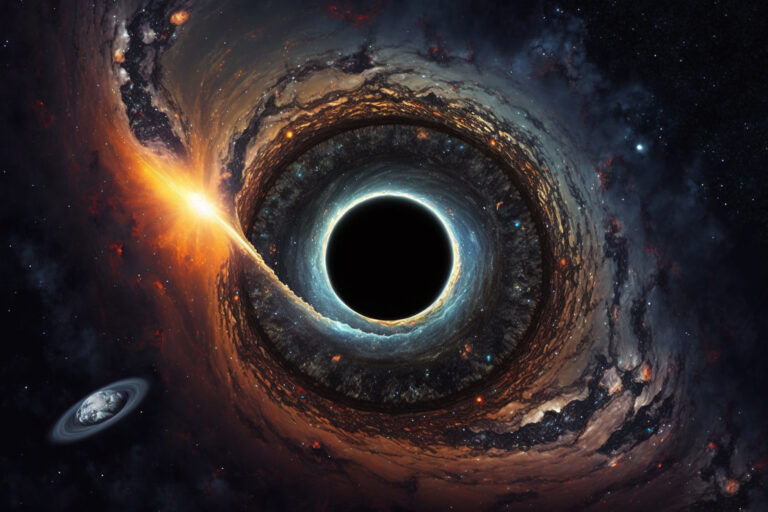
Quantum entanglement, is a phenomenon where particles become interconnected such that the state of one instantly affects the state of another, is often discussed in terms of pairs. However, entanglement is not limited to just two particles—it can involve three, four, or even an unlimited number of particles. This multi-particle entanglement opens up new frontiers in quantum computing, cryptography, and fundamental physics.
The Basics of Multi-Particle Entanglement
You Might Like
Entanglement occurs when two or more quantum systems share a joint state that cannot be described separately. While two-particle (bipartite) entanglement is well understood, extending entanglement to three or more particles introduces complex correlations that cannot be reduced to pairwise connections. Multi-particles that are entangled often involves unique quantum states, such as the GHZ (Greenberger-Horne-Zeilinger) state and the W state:
- GHZ State: A highly correlated state where measuring one particle instantaneously determines the states of all others. If one particle is flipped, all must change accordingly.
- W State: A more resilient entangled state where the loss of one particle does not destroy the entanglement of the remaining particles.
How Are Multiple Particles Entangled?
There are several methods to create entanglement among multiple particles:
- Spontaneous Parametric Down-Conversion (SPDC): A process where a high-energy photon splits into lower-energy entangled photon pairs, which can be used to create multiple particle entanglement.
- Cold Atom Lattices: Atoms trapped in an optical lattice can be entangled through controlled interactions.
- Ion Traps: Using electromagnetic fields, ions can be manipulated to achieve large-scale entanglement.
- Superconducting Qubits: Used in quantum computing, these qubits can be entangled through controlled quantum gates.
Applications of Multi-Particle Entanglement
Never Miss A Story
The ability to entangle multiple particles unlocks several advanced technological and theoretical applications:
- Quantum Computing: Multi-particle entanglement is a key resource for quantum processors, enabling complex calculations beyond classical capabilities.
- Quantum Networks: Entangled particles can be used for quantum communication, forming the backbone of quantum internet.
- Fundamental Physics Tests: This form of entanglement allows for experimental tests of quantum mechanics, such as closing loopholes in Bell’s Theorem.
- Quantum Metrology: Precision measurements of time and space can be enhanced using entangled states.
Challenges and Future Directions
Despite its potential, achieving and maintaining multi-particle entanglement is difficult due to decoherence—the loss of quantum coherence due to environmental interactions. Overcoming this requires advanced error correction techniques and improved quantum control methods. As researchers continue to push the limits, multi-particle entanglement will likely revolutionize technology in ways we have yet to imagine.
Conclusion
Multi-particle entanglement expands the already fascinating domain of quantum mechanics into new territories. Far from being just a theoretical curiosity, it is a practical tool driving progress in quantum information science. As experiments scale up from a few particles to potentially thousands, the true power of entanglement will continue to unfold.
What’s New?
- First Images From The Vera C. Rubin Observatory
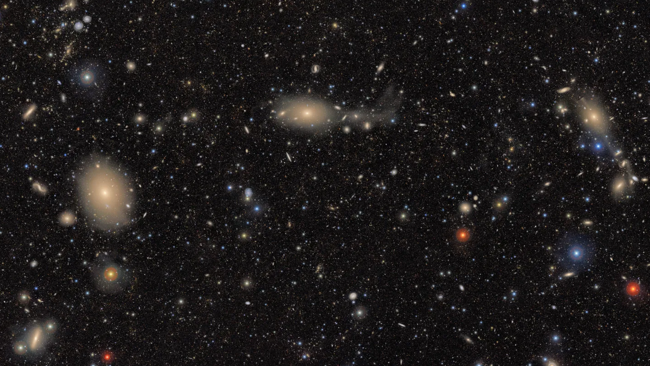
- What Effects Do Solar Flares Have On Our Power Grids?
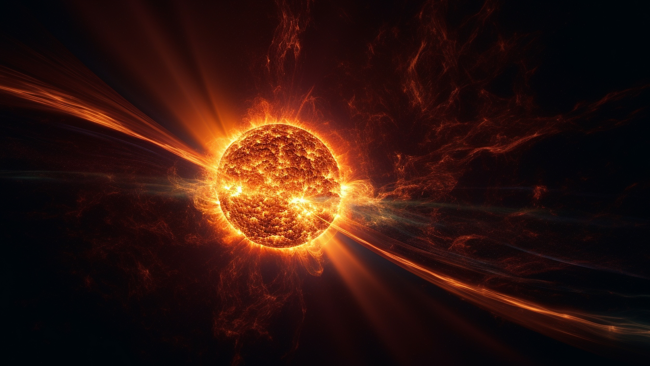
- What’s the Difference Between a Galaxy and a Globular Cluster?
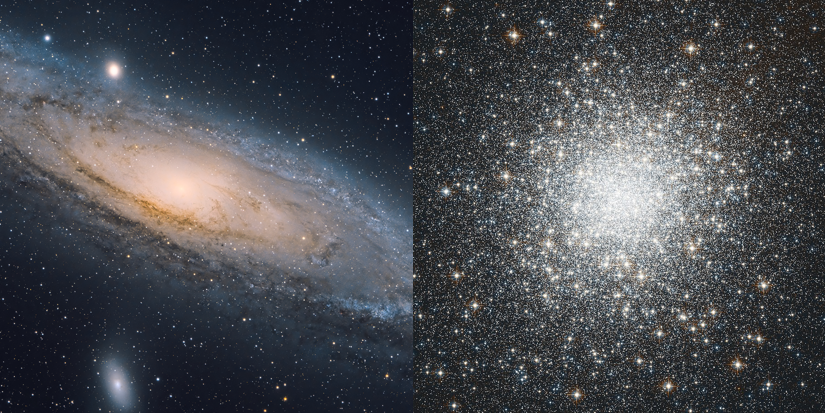
- Are Black Holes Eternal? The Strange Fate of the Universe’s Darkest Objects

- Cannibal stars at the heart of the Milky Way stay young in a gruesome way
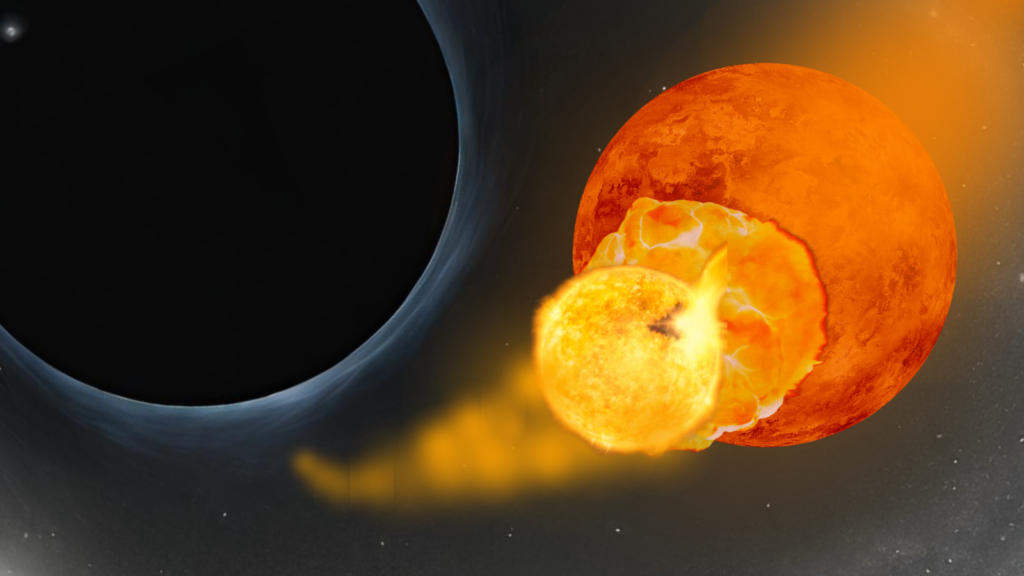
- Multi-Particle Entanglement Is A Complex World

